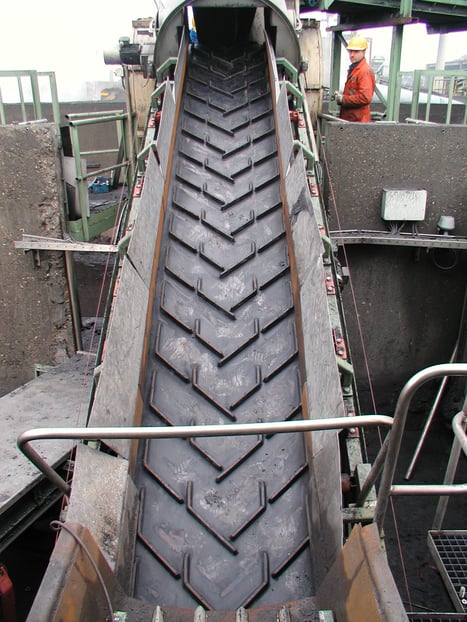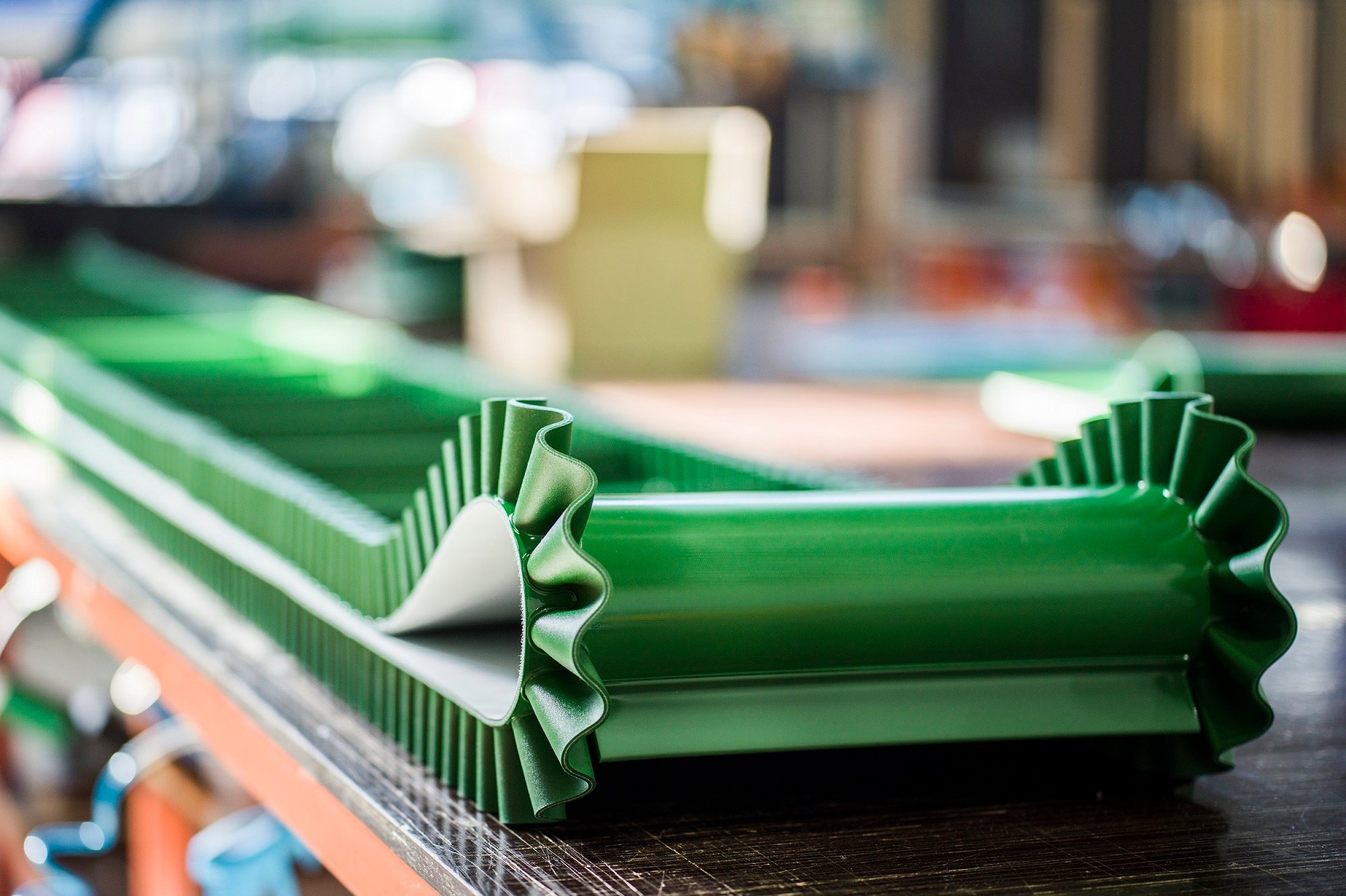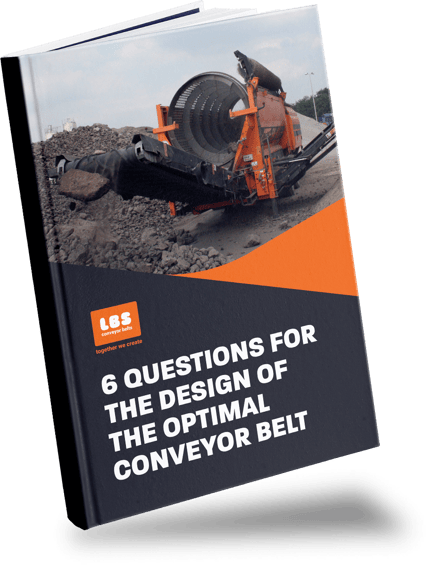running conveyor belts
Conveyor belts have been an integral part of production processes for over 100 years. In the course of one century, conveyor belt technology has made enormous progress. So how exactly does a conveyor belt work and what are its benefits and applications? Below we have listed the most important features.
HOW DOES A CONVEYOR BELT WORK?
A conveyor belt is defined as: a system in a factory or other production environment that conveys the products that are being produced on a belt past workers, machines and/or robots. An important feature of a conveyor system is that it carries out repetitive operations.
The very first conveyor belts were made of leather, these days they are mostly made of rubber or plastic. Over the years, these materials have proven to be strong and durable.
HOW DOES A CONVEYOR BELT WORK?
A conveyor belt works by moving products continuously over a moving belt. This belt can transport products horizontally or at a slight angle. Conveyor belts reduce the need for manual work and increase production speed.

Download the
free WHitepaper about conveyor belts
A conveyor belt is not built on an assembly line. Nevertheless, manufacturers think they can achieve maximum results with a standardised solution. However, after a standardised solution has been commissioned, the results are often not fit for purpose. A well-considered choice of conveyor belt can make a significant difference to the efficiency of the production process.
This whitepaper will help you to make an informed choice when designing a conveyor belt.
CONVEYOR BELTs
IN A FACTORY
Nowadays, conveyor belts offer virtually endless application possibilities. A major advantage of conveyor belts is that production processes can be carried out systemically much faster. In addition, they are less prone to faults, resulting in fewer production losses when compared to a manual process.
Conveyor belt applications can be found in almost every field of industry. These include, among others, the food, agricultural and recycling industries.

CONVEYOR belt
PARTS
- The cleats. Available in all types and sizes. Made from synthetic or rubber, with our Hotcleat® cleats for rubber conveyors being the most popular.
- Longitudinal edges along the sides of both rubber and synthetic conveyor belts, to ensure minimal production losses,
- Guide ropes, located at the bottom of the belt, for guiding the rubber and synthetic conveyor belts.
- Troughing idler assemblies and carrier rollers are used to support both synthetic and rubber conveyor belts.
- Drive and tail drums provide guiding, to prevent mistracking.
- A belt scraper ensures optimal conveyor belt cleanliness.
This is only a small selection of features. Learn more about conveyor belt parts here.
The advantages of a rubber conveyor belt
Rubber conveyor belts are durable and can withstand harsh conditions. They are ideal for industries where the belt is subjected to frequent loads and where a long service life is required. Rubber offers excellent grip and is flexible, ensuring smooth operation.
A CONVEYOR BELT FROM LBS
LBS develops high-quality customised conveyor belts. Our conveyor belts meet the highest standards of various organisations, such as FDA, USDA and the EU. However, our own quality standards exceed even those standards.
Do you have specific requirements and wishes? We would like to engage with you, so that together we can create a conveyor belt that perfectly matches your specific business processes.



